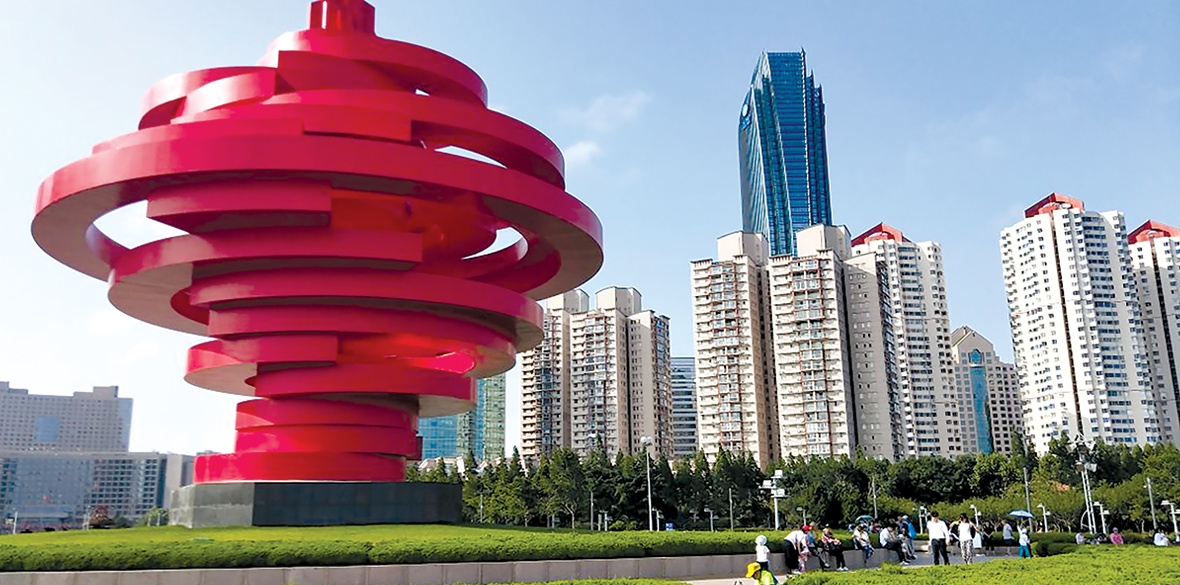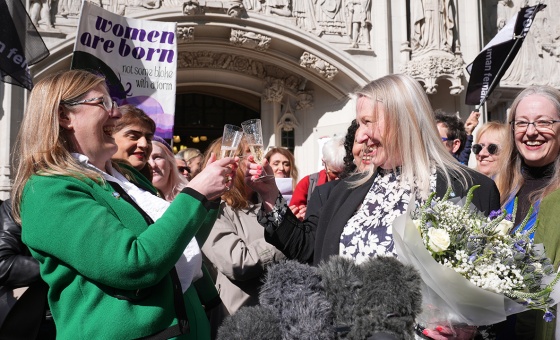This is the last article you can read this month
You can read more article this month
You can read more articles this month
Sorry your limit is up for this month
Reset on:
Please help support the Morning Star by subscribing here
THIS “whirlwind” sculpture in the Yellow Sea-facing city of Qingdao in eastern China, spectacularly embodies the winds of change that blew through the country after the first world war, culminating in the mass students protests of May 1919.
It led to a shattering of political alignments, and the formation of the Communist Party of China followed, three decades later, with the foundation of the People’s Republic of China in 1949.
Designed by local sculptor Huang Zhen and unveiled in 1999 to coincide with the 80th anniversary of the momentous events, May Wind is located at the centre of the May Fourth Square and park in Qingdao city centre.
The sculptor employed the familiar shape of a tornado, common along China’s entire eastern seaboard, to invoke the formidable social and political turbulence of those sweeping events.
It is a remarkable salute to those to whom modern China owes its emergence. The succinct and magnificently kinetic abstraction of the upwards-swirling shapes around an inner globe is mesmerising and at night is brought to life by ingenious illumination with rapidly shifting light patterns.
It’s a fitting tribute to the May Fourth Movement of 1919, which came about in furious opposition to the Treaty of Versailles at the end of WWI which transferred former German concessions in Shandong province to Japan.
Demonstrations took place throughout the country in which students were killed, wounded and arrested. In June, general strikes began in Shanghai and other cities in support of the students.
Mass meetings were held throughout the country to familiarise the population with the new ideas and aims of the movement. The emancipation of women gathered momentum, a vernacular literature emerged and over 400 new publications appeared.
The intelligentsia began questioning traditional Chinese ethics, philosophy and religion. The ideas of socialism, informed by Marxism, became all-important to the national debate.
Among those participating was communist Qu Qiubai (1899-1935), Mao Zedong’s mentor and one of the most important literary figures of 20th-century China, who headed the League of Left-Wing Writers which mobilised intellectuals in support of the party.
The May Fourth Movement is with good reason referred to as the New Culture Movement.
In May 1939, a decade before the final triumph of the revolution, Mao observed: “The young people and the cultural circles of the whole country bear a heavy responsibility in the democratic revolution and the war of resistance.
“A true revolutionary must be one who is willing to integrate himself with the workers and peasants and actually does so.”
The monument gracing Qingdao waterfront radiates optimism and is far more than just an eloquent reminder of a momentous revolutionary fervour.
It is a prompting to never let go of that epic commitment and its continued transformative potential.
MICHAL BONCZA










